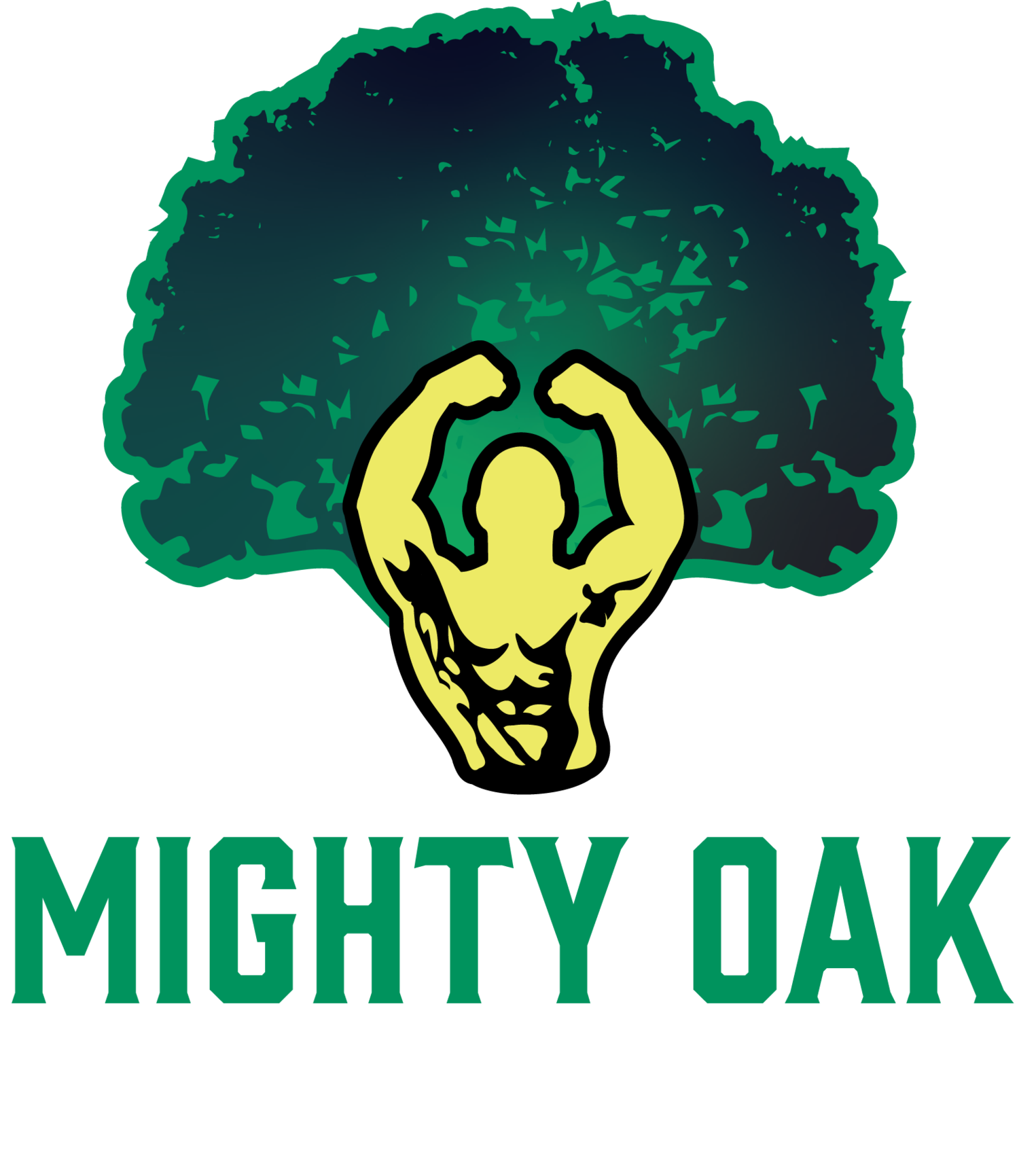How Much Rest Do Student-Athletes Really Need?
Balancing Training, School, and Recovery for Performance and Health
Every parent wants their athlete to train hard, play smart, and reach their full potential.
But what if the missing piece isn’t more practice — it’s more rest?
Quick Answer
Student-athletes need 7 to 9 hours of sleep per night and 1 to 2 full rest or light recovery days per week.
That’s not optional — it’s essential.
Because rest isn’t when athletes get lazy.
It’s when they get better.
Skipping rest doesn’t build grit.
It builds fatigue, injury risk, and burnout.
The Science of Rest
Here’s the truth most young athletes never hear:
You don’t grow stronger in the gym — you grow stronger while you sleep.
During rest, the body repairs tiny tears in muscle fibers.
Growth hormone and testosterone rise.
Bones get denser.
The nervous system recharges.
Studies from Stanford and the Children’s Hospital of Philadelphia show athletes who sleep less than 8 hours are almost twice as likely to get injured.
More sleep equals more strength, more focus, and better grades.
So if you want your athlete to gain an edge — start by turning off the phone and turning out the lights.
The 3 Types of Rest Every Athlete Needs
1. Physical Rest
This is the classic “day off.”
It means sleeping in, relaxing, or doing light activity like walking, stretching, or yoga.
It’s how the body heals and adapts.
2. Mental Rest
Athletes carry huge mental loads from school, sports, and social life.
Mental rest means disconnecting — even for an hour — from pressure and comparison.
It resets focus and motivation.
3. Social Rest
This one’s overlooked.
It means time spent with friends and family outside of competition.
Connection and laughter rebuild emotional energy, just like sleep rebuilds muscles.
Signs of Overtraining
If your athlete’s mood, energy, or performance start dropping, it’s not weakness — it’s feedback.
Watch for:
Constant fatigue or irritability.
Drop in excitement for practice.
Trouble falling asleep.
Achy joints or repeated “small” injuries.
Getting sick more often.
These are the body’s early warning signs that recovery isn’t keeping up with demand.
How We Coach Recovery at Mighty Oak Athletic
We remind athletes that sleep is strength training.
We track how they feel, not just how much they lift.
We build “light days” into every program.
We teach mobility, breathing, and mindful movement as part of training — not extras.
And we end every week with reflection: What worked? What needs recovery?
Our athletes learn that discipline isn’t about doing more.
It’s about knowing when to do less — so they can keep doing what they love for years to come.
FAQs
Q: Is it bad to train every day?
A: Yes — even professionals build rest days into their schedules. Recovery restores strength, coordination, and focus.
Q: Should my teen take full rest weeks?
A: Absolutely. Every 6–8 weeks, schedule a lighter “reset” week. It helps the body adapt and prevents burnout.
Q: What if my child hates rest days?
A: Redefine them. Recovery can mean shooting hoops for fun, hiking, or foam rolling. The key is low intensity and joy.
Takeaways
Rest is not a reward — it’s part of the training plan.
Sleep is not optional — it’s performance fuel.
And the strongest athletes aren’t the ones who train nonstop.
They’re the ones who train smart, recover deeply, and come back ready.
Train hard.
Rest harder.
Repeat for decades.
